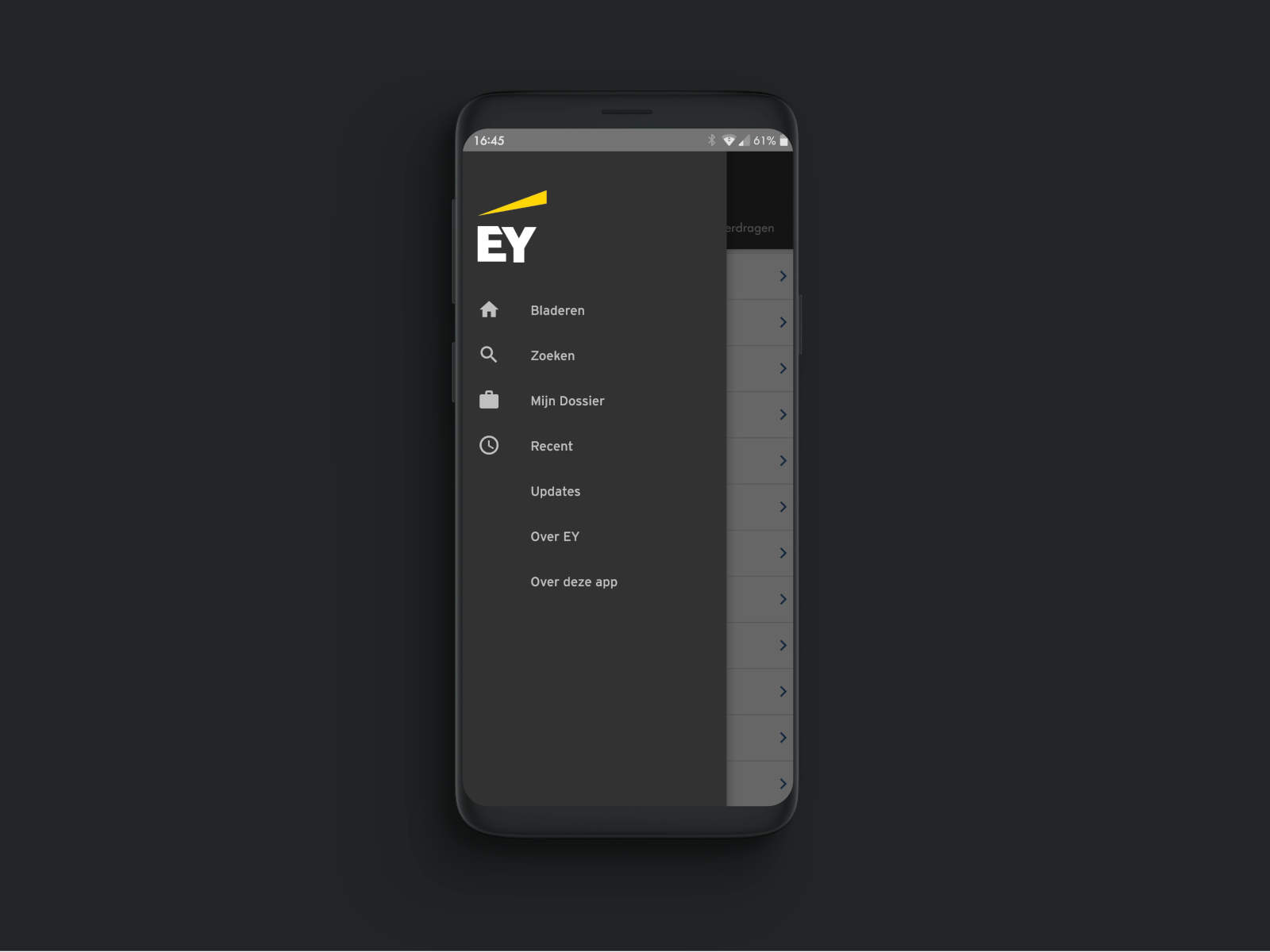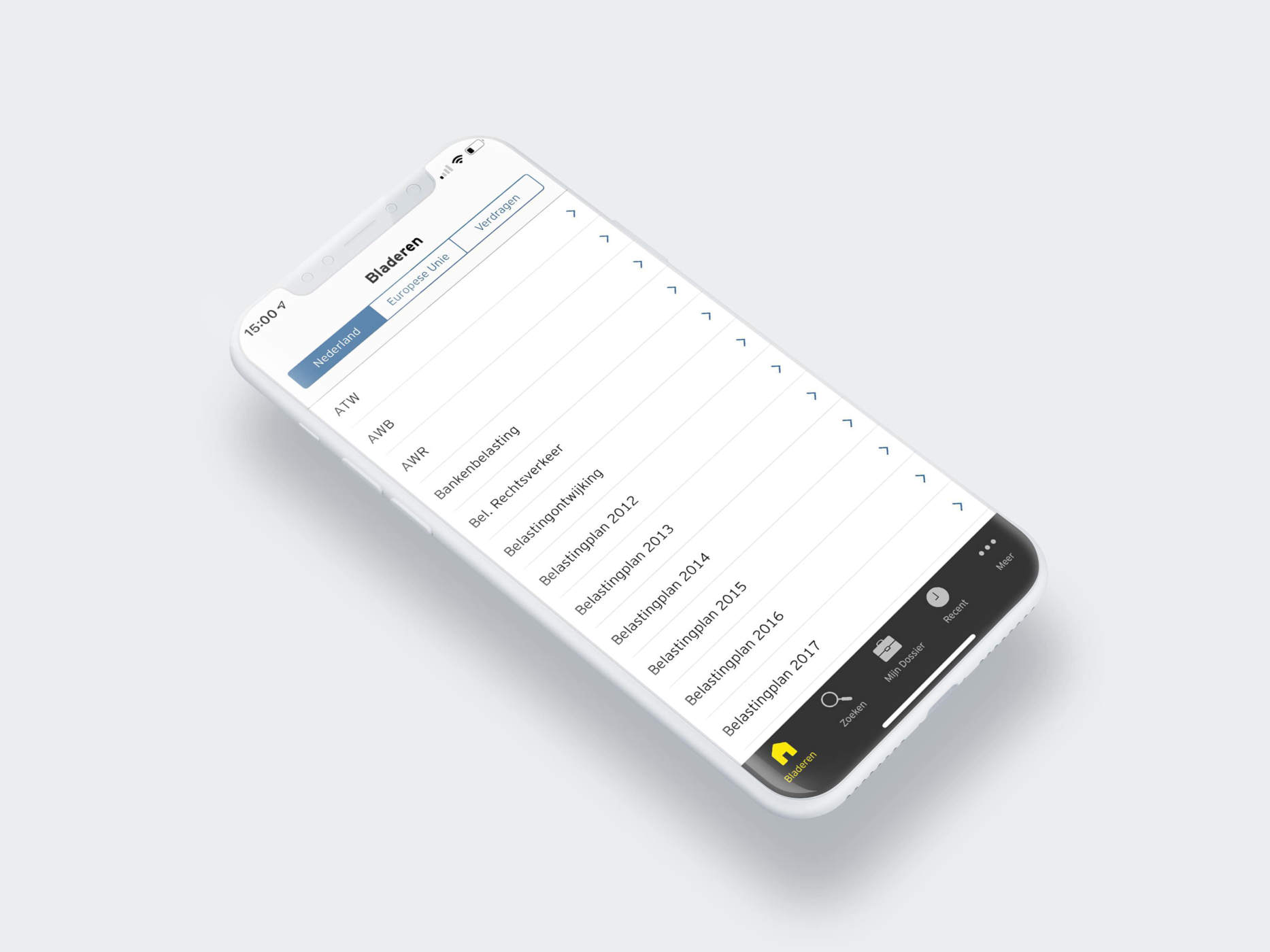Purpose: To ensure that seafarers have adequate leave
- 1.Each Member shall require that seafarers employed on ships that fly its flag are given paid annual leave under appropriate conditions, in accordance with the provisions in the Code.
- 2.Seafarers shall be granted shore leave to benefit their health and well-being and with the operational requirements of their positions.
Standard A2.4 – Entitlement to leave
- 1.Each Member shall adopt laws and regulations determining the minimum standards for annual leave for seafarers serving on ships that fly its flag, taking proper account of the special needs of seafarers with respect to such leave.
- 2.Subject to any collective agreement or laws or regulations providing for an appropriate method of calculation that takes account of the special needs of seafarers in this respect, the annual leave with pay entitlement shall be calculated on the basis of a minimum of 2.5 calendar days per month of employment. The manner in which the length of service is calculated shall be determined by the competent authority or through the appropriate machinery in each country. Justified absences from work shall not be considered as annual leave.
- 3.Any agreement to forgo the minimum annual leave with pay prescribed in this Standard, except in cases provided for by the competent authority, shall be prohibited.
Guideline B2.4 – Entitlement to leave
Guideline B2.4.1 – Calculation of entitlement
- 1.Under conditions as determined by the competent authority or through the appropriate machinery in each country, service off-articles should be counted as part of the period of service.
- 2.Under conditions as determined by the competent authority or in an applicable collective agreement, absence from work to attend an approved maritime vocational training course or for such reasons as illness or injury or for maternity should be counted as part of the period of service.
- 3.The level of pay during annual leave should be at the seafarer’s normal level of remuneration provided for by national laws or regulations or in the applicable seafarers’ employment agreement. For seafarers employed for periods shorter than one year or in the event of termination of the employment relationship, entitlement to leave should be calculated on a pro-rata basis.
- 4.The following should not be counted as part of annual leave with pay:
- a)public and customary holidays recognized as such in the flag State, whether or not they fall during the annual leave with pay;
- b)periods of incapacity for work resulting from illness or injury or from maternity, under conditions as determined by the competent authority or through the appropriate machinery in each country;
- c)temporary shore leave granted to a seafarer while under an employment agreement; and
- d)compensatory leave of any kind, under conditions as determined by the competent authority or through the appropriate machinery in each country.
Guideline B2.4.2 – Taking of annual leave
- 1.The time at which annual leave is to be taken should, unless it is fixed by regulation, collective agreement, arbitration award or other means consistent with national practice, be determined by the shipowner after consultation and, as far as possible, in agreement with the seafarers concerned or their representatives.
- 2.Seafarers should in principle have the right to take annual leave in the place with which they have a substantial connection, which would normally be the same as the place to which they are entitled to be repatriated. Seafarers should not be required without their consent to take annual leave due to them in another place except under the provisions of a seafarers’ employment agreement or of national laws or regulations.
- 3.If seafarers are required to take their annual leave from a place other than that permitted by paragraph 2 of this Guideline, they should be entitled to free transportation to the place where they were engaged or recruited, whichever is nearer their home; subsistence and other costs directly involved should be for the account of the shipowner; the travel time involved should not be deducted from the annual leave with pay due to the seafarer.
- 4.A seafarer taking annual leave should be recalled only in cases of extreme emergency and with the seafarer’s consent.
Guideline B2.4.3 – Division and accumulation
- 1.The division of the annual leave with pay into parts, or the accumulation of such annual leave due in respect of one year together with a subsequent period of leave, may be authorized by the competent authority or through the appropriate machinery in each country.
- 2.Subject to paragraph 1 of this Guideline and unless otherwise provided in an agreement applicable to the shipowner and the seafarer concerned, the annual leave with pay recommended in this Guideline should consist of an uninterrupted period.
Guideline B2.4.4 – Young seafarers
- 1.Special measures should be considered with respect to young seafarers under the age of 18 who have served six months or any other shorter period of time under a collective agreement or seafarers’ employment agreement without leave on a foreign-going ship which has not returned to their country of residence in that time, and will not return in the subsequent three months of the voyage. Such measures could consist of their repatriation at no expense to themselves to the place of original engagement in their country of residence for the purpose of taking any leave earned during the voyage.




